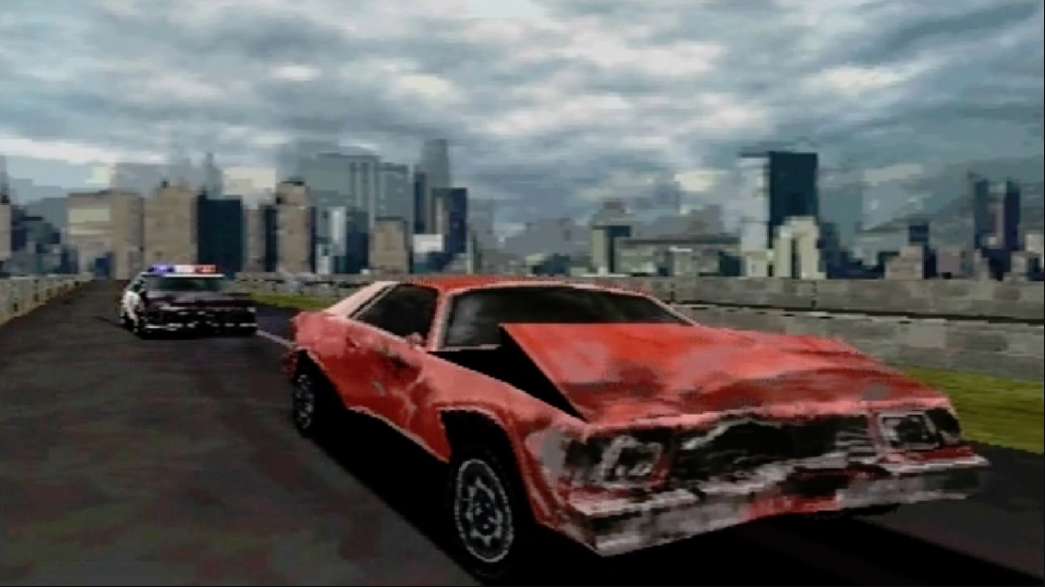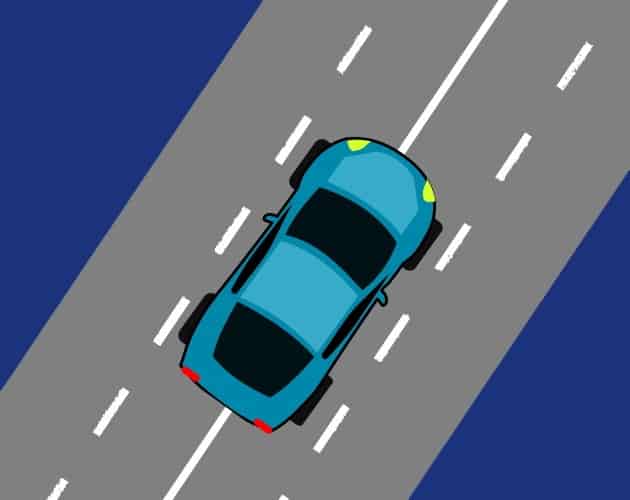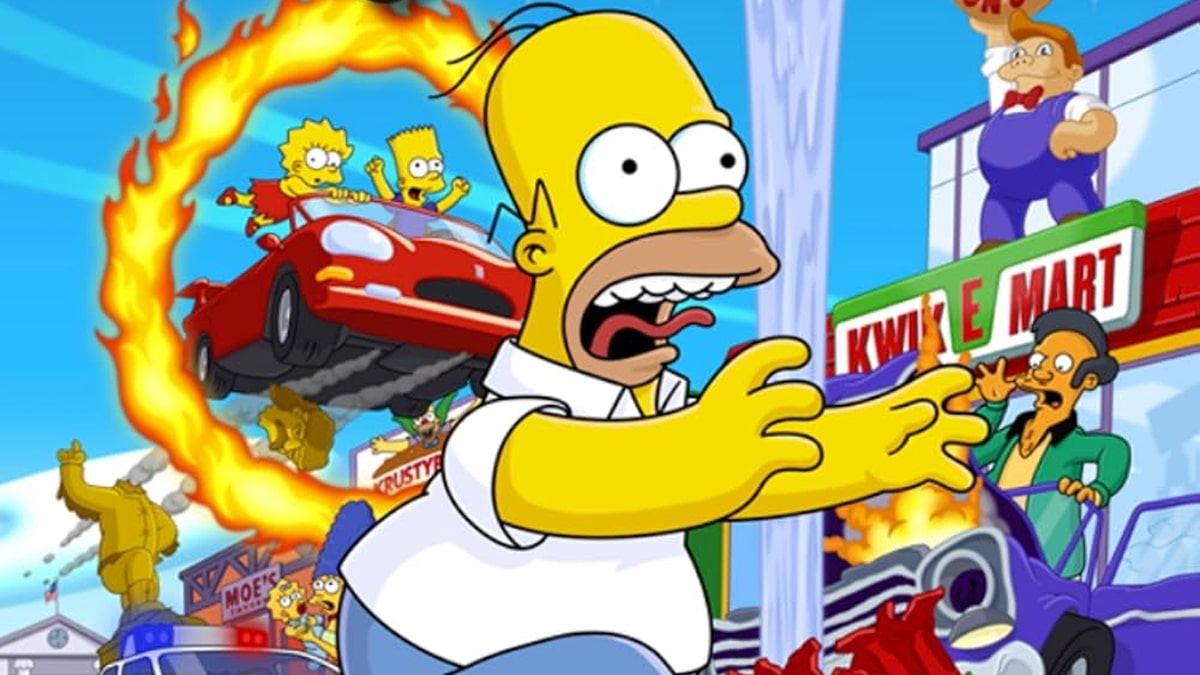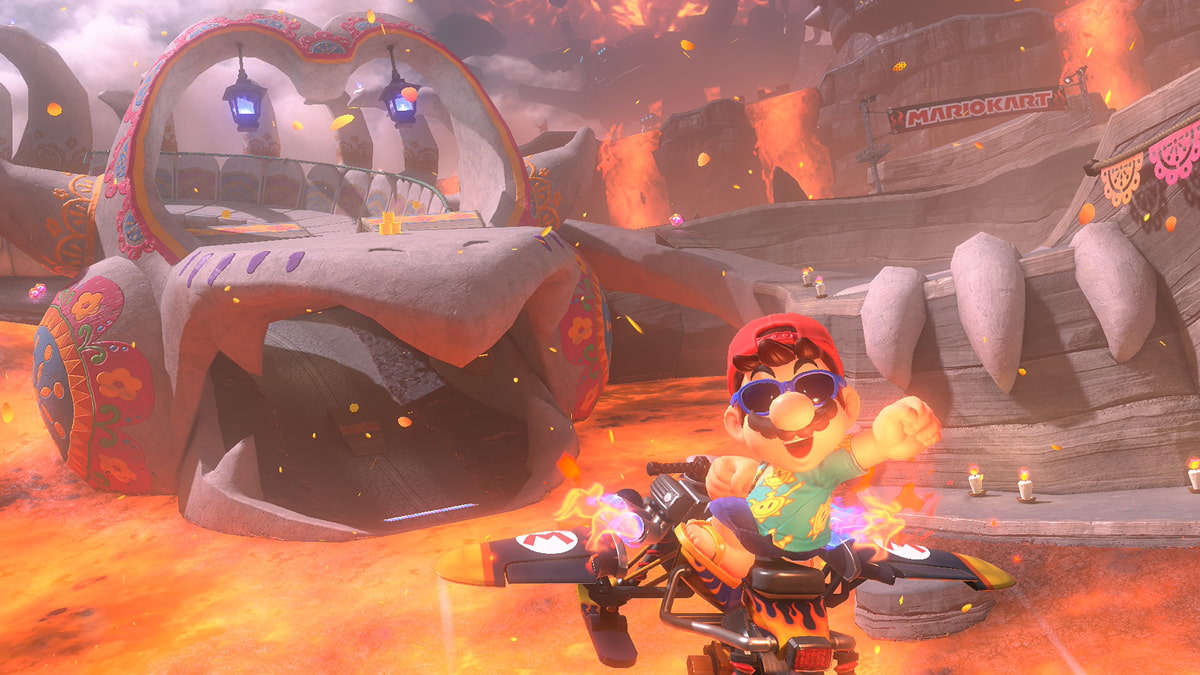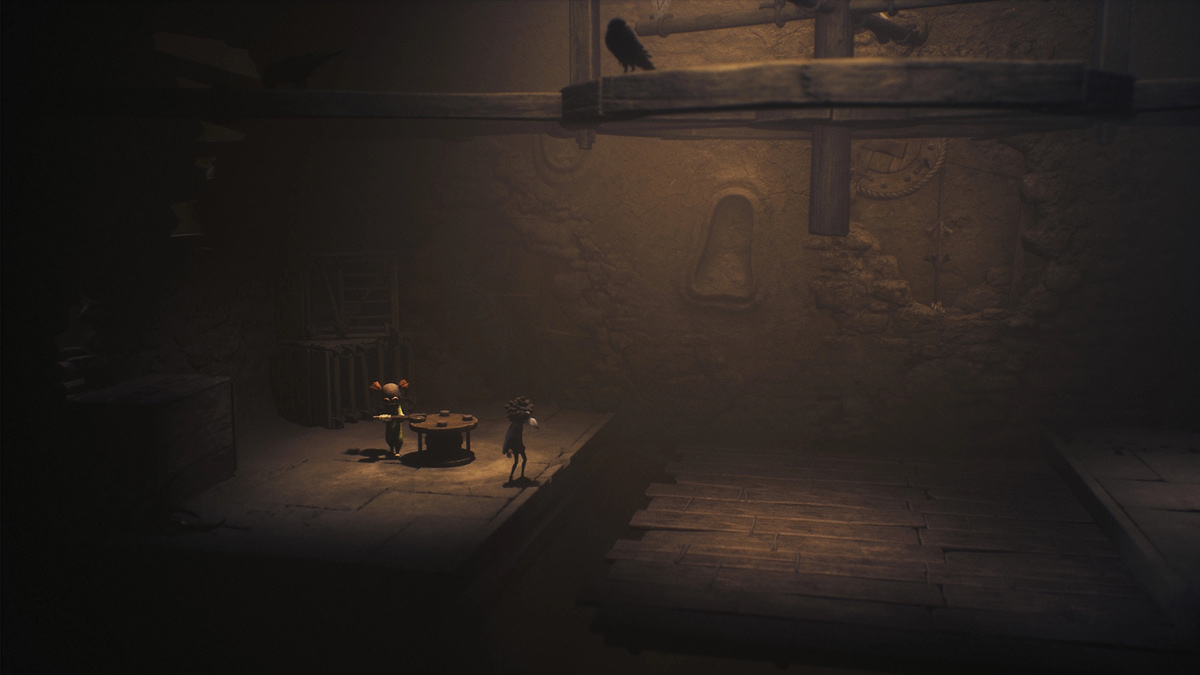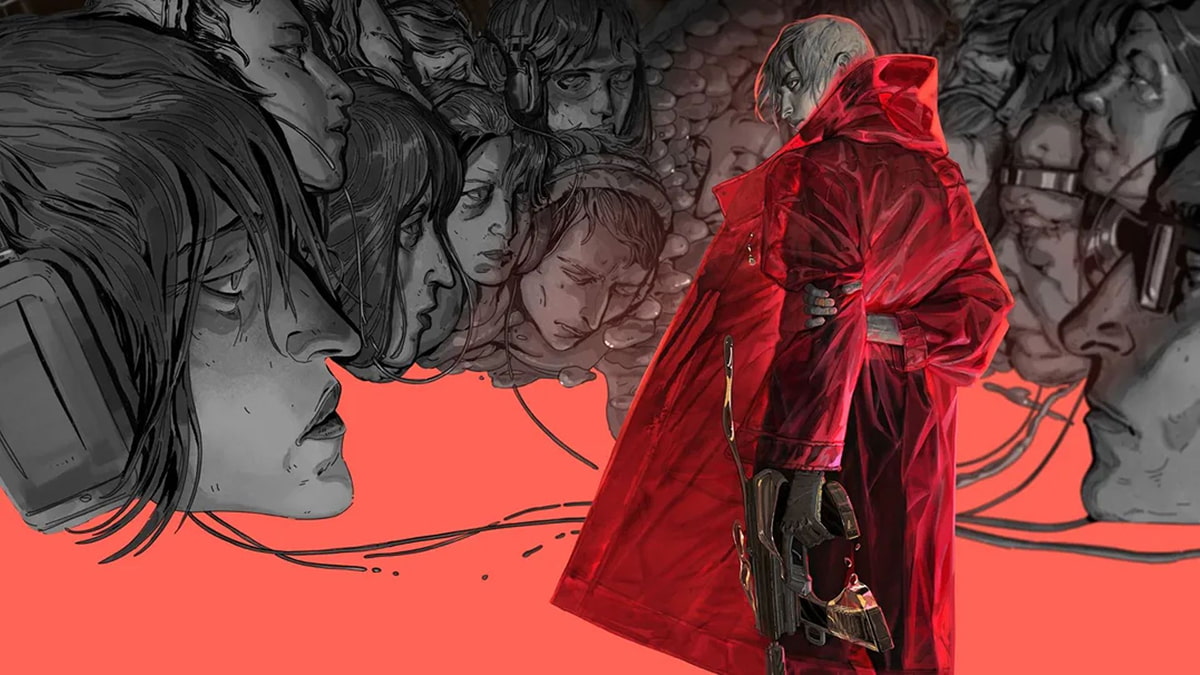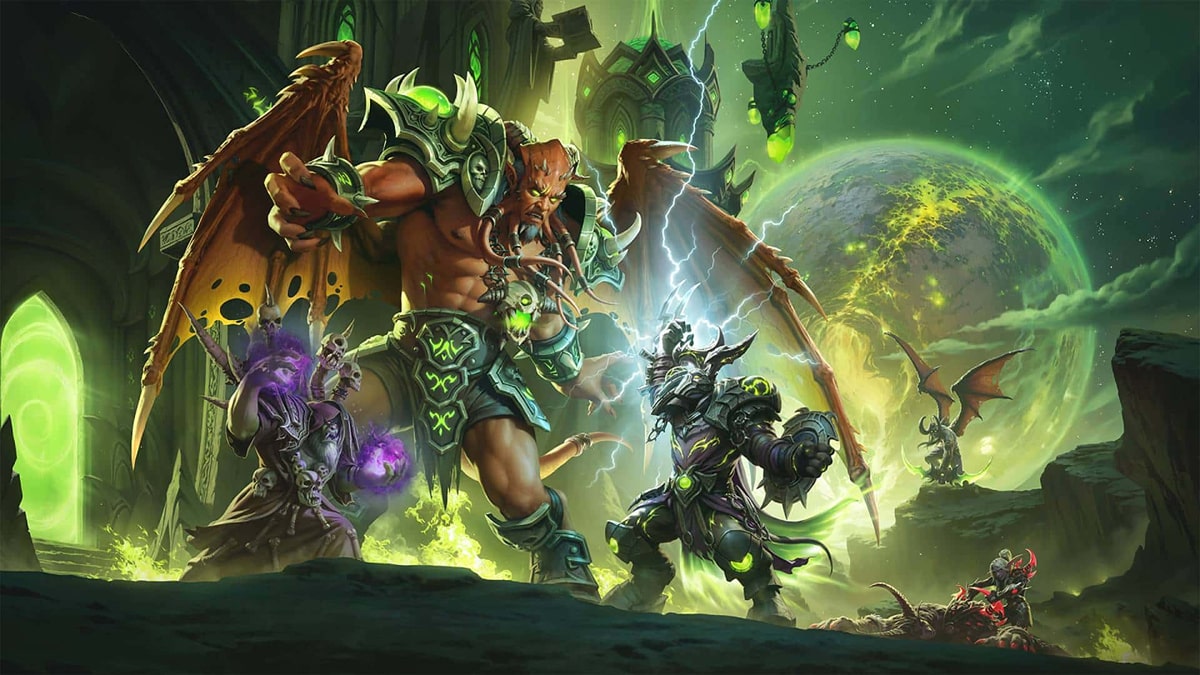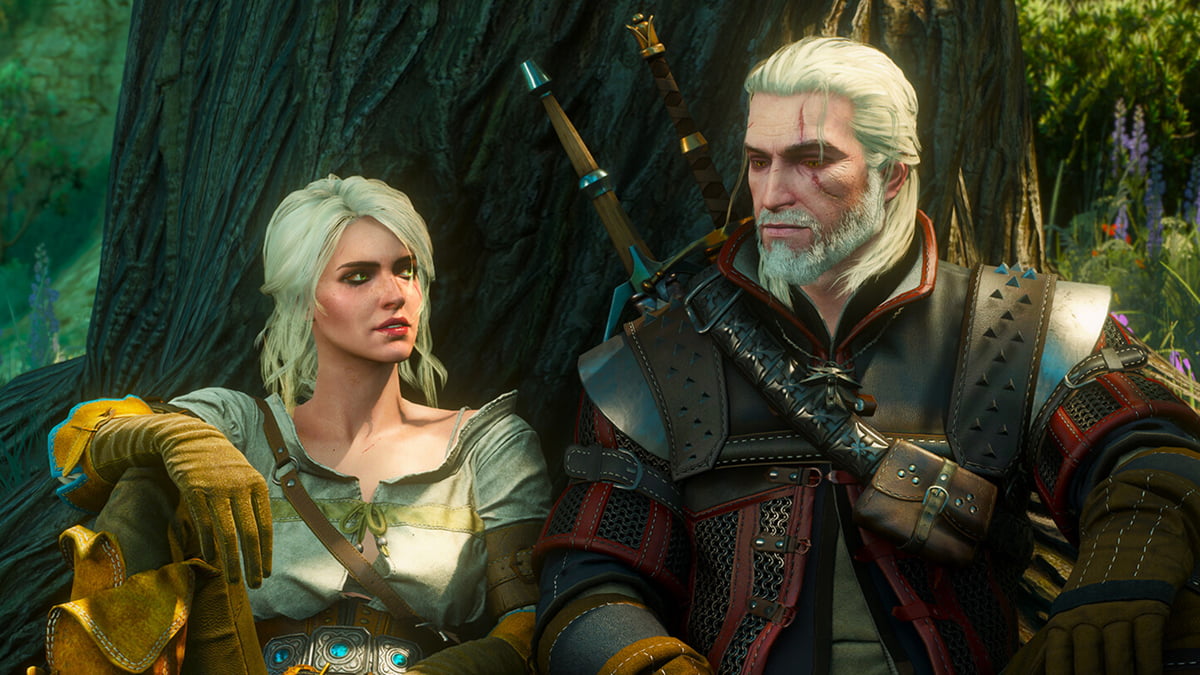You can trust VideoGamer. Our team of gaming experts spend hours testing and reviewing the latest games, to ensure you're reading the most comprehensive guide possible. Rest assured, all imagery and advice is unique and original. Check out how we test and review games here
If only all games could begin like Driver does, all atmospheres so raw, all setups so stark. In an underground car park, a man steps out of a lift. The soundtrack is rich with dripping water, from the pipes, and the click of his heels on the concrete. The camera, like a panther, is low and loping, following his footsteps as he casts about the gloom. The camera cuts behind his eyes as he gazes left and right, as if browsing an armoury for the right weapon. He finds it: a 1971 chevrolet chevelle ss – black, of course – appears from the shadows. A siren cries through the air. A burst of blue and red. The chase is on. The two cars emerge into the deeper darkness of a nighttime street. Our man whips into the night as the cop crunches into a car and spins out. The entire sequence is two minutes and 52 seconds long.
20 years later, no other game has begun with as much pace and flair. Everything in Driver is similarly peeled and planed; all optional extras – such as story, firearms, or a life for its hero outside the windows of his car – have been stripped out in the interest of unalloyed style. (All would eventually arrive, bringing no great improvement) Not that Driver is completely without plot. It tells the tale of Tanner, an undercover cop and ‘ex-racing guy,’ as his boss describes him, who infiltrates a crime syndicate, making use of his prowess behind the wheel. And it’s there that the game, like Tanner, is most comfortable. I’ll never forget the mission, in Grand Theft Auto III, called Two-Faced Tanner, in which your target is described as a ‘strangely animated undercover cop’ who is ‘more or less useless outside of his car.’
It seems cruel, now, that Rockstar would sideswipe Reflections with such a bitter little barb; but then, it’s easy to forget – before Rockstar lapped its rival and before the Driver series slipped into a coma with Driver: San Francisco – how neck and neck the two franchises were. A couple of years before GTA III, Driver gave us a 3D sandbox – better yet, it gave us four: Miami, San Francisco, Los Angeles, and New York. None had the depth of a Liberty City or a Vice City, but each was marked by quirks of character – spring-loaded with hills, hemmed in by high-rises, or drizzled in sun. But where Reflections really had Rockstar beat was on the road, and the reason that Driver should hold up as robustly as it has is down to one thing: the handbrake turn.
If you’re feeling faint of spirit, at a low ebb and in need of an energising jolt, then might I suggest you take one of Driver’s corners at speed and pull the handbrake? The result is a joy: a knife-quick drift, set to the rubbery scream of tyres, which swings you clear of the tightest corner and – if you’re really lucky – sends you slewing into cross traffic. The chases are stitched together from scraps of ‘70s cinema (its subtitle, in America, was ‘You Are the Wheelman’) – the likes of The French Connection, The Seven-Ups, Bullitt, and, of course, The Driver. And if those movies managed to stave off staleness in the decades before Driver, it’s little wonder that the scenes it cribs from them should feel so fresh in 2019. It’s as though the entire thing had been sprayed with a rainfast paint job, and the years haven’t washed away a drop of its charm.
Consider, as well, the game’s menu, which fills me with the same frivolous pleasure as an electronic cup-holder: the glee of the gimmick. Praise for menus is as rare as good menus, and Driver has one of the best. You’re in a bare apartment, and the camera swerves across its contents as you’re faced with five options: ‘Save Game,’ a VHS with a spill of tapes; ‘Quit Back To The Title Screen,’ a camel-brown wooden door; ‘Take A Drive,’ a tempting set of car keys atop a chest of drawers; ‘Options,’ a grimy metal toolbox; and, best of all, ‘Get A New Job,’ as represented by a sharp-edged, silver answer machine. It’s the sort of place that feels perfect for Tanner, just as it would be for Ryan Gosling in Drive or Ryan O’Neal in The Driver – fit for men of purpose, its interior as uncluttered as theirs.
Indeed, uncluttered is the spirit of Driver, its contents willed into a single word. It has that wonderful gift, which no designer or developer could have given it: luck. It’s blessed by the kind touch of time – in much the same fashion that those films it copies can slough off their grainy ‘70s skins and accelerate your heartbeat. Even its limitations seem to suit it; its genre, which demands you dart between oncoming cars, benefits from the humble horsepower of the PlayStation, which couldn’t muster more than four or five of them on a freeway at any one time. Likewise, the buildings that barrel past tremble and tear as the PlayStation scrabbles to conjure them – much as they would blur at the edges of your eyes in real life. Even the art style, which is cast in bright light with the blood let out of its colours, brings to mind the pale, wind-blown palette of the French Connection.
There are games that come along and try to move you; games fraught with feeling and weighed down with dialogue; there are games that seek to enmesh you in intricate systems; and still others that crackle with gunfire. But there are nights when none of this will do, where you feel driven to Quit Back To The Title Screen – where you feel more or less useless outside of a car, and all you want is to relish a rush. On Tuesday this week, a quiet 20-year anniversary idled by, and for £1.99 on the PSN store, you can relive a game that fashioned style like an anti-ageing armour. My advice? Do as Tanner did: Take A Ride.
